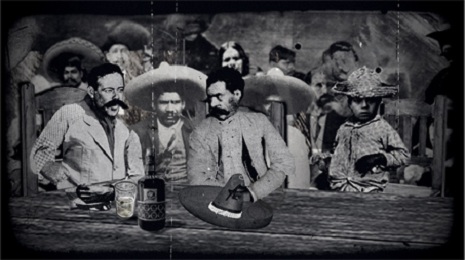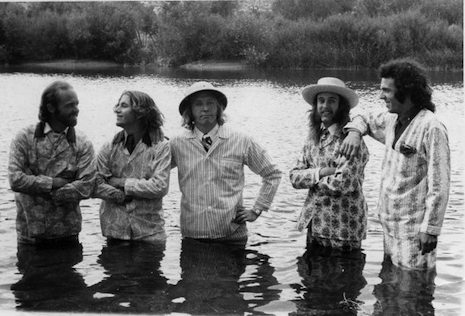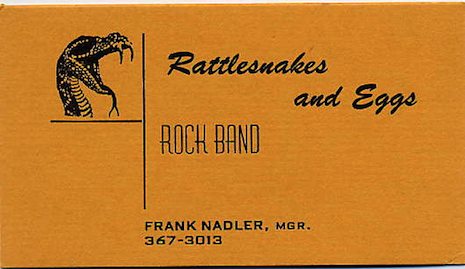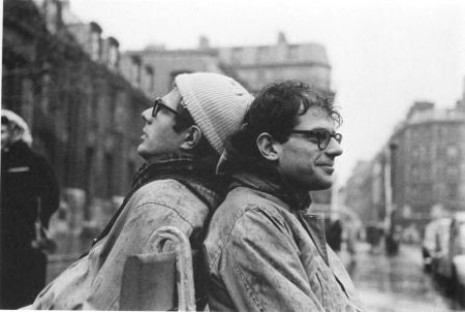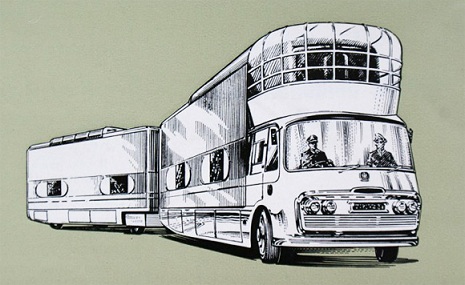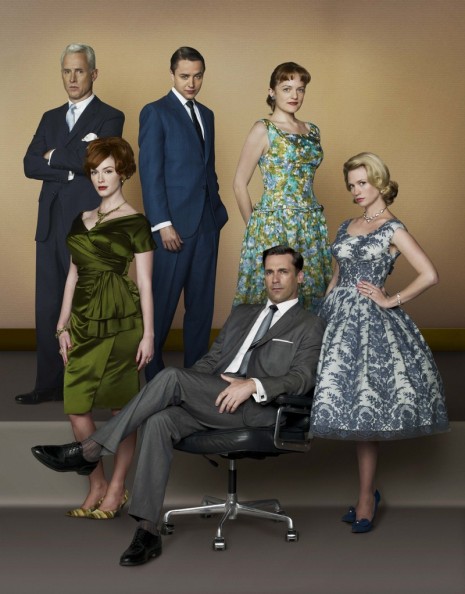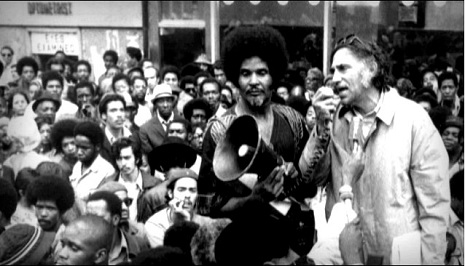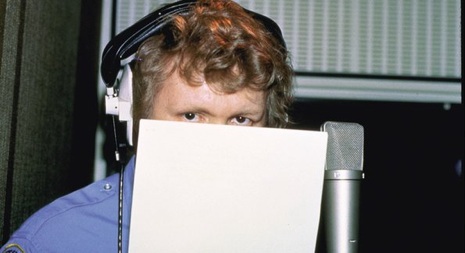
This Friday, September 17th, John Schienfeld’s terrific new documentary, Who is Harry Nilsson? (And Why is Everybody Talkin’ About Him?) opens in Los Angeles at the Laemmle Sunset 5 for week (and maybe longer). The reviews have been stellar—and in my opinion, justly deserved—for this heartfelt and moving tribute to the great singer-songwriter.
With Brian Wilson, Jimmy Webb, Van Dyke Parks, Yoko Ono, Paul Williams, Mickey Dolenz, The Smothers Brothers, and Pythons Terry Gilliam and Eric Idle,
Above, a BBC In Concert appearance from from Harry Nilsson. Nilsson famously hated performing live and on television, but this 30 minute performance is remarkable, indeed. More from the For the Love of Harry blog:
Harry Nilsson’s finest hour on film. Taped for England’s BBC in 1971, this simple and effective set of performances has everything one could ask for when seeing the rarely seen Nilsson live - solo piano & acoustic renditions, tasteful effects, plenty of close ups, unreleased music and even live overdubbing (both audio & video). Special thanks to our friend Patrick from Germany who supplied us with this excellent - now complete - 34 minute video. This live studio performance finds Harry delivering slower, more moving renditions of some of his best work up to 1971. His somber reading of “Life Line” is simply heartbreaking. Harry performs as a live trio with himself on “Walk Right Back” and “Coconut,” where he uses lip syncing gorillas for visuals. The Citizen Kane rafters clip ending is priceless. Harry introduces two videos from The Point! (“Think About Your Troubles” and “Are You Sleeping”). There just isn’t a better, more visually pleasing representation of Harry Nilsson at work. Download the .avi video file HERE. If you want MP3s of the show (minus the two Point! audio/video files), you can get them HERE.
Songs: Mr. Richland’s Favorite Song/One, Gotta Get Up, Walk Right Back/Cathy’s Clown/Let The Good Times Roll. Life Line; Joy, Without Her. Coconut. 1941
You can watch my interview with director John Schienfeld, here.






